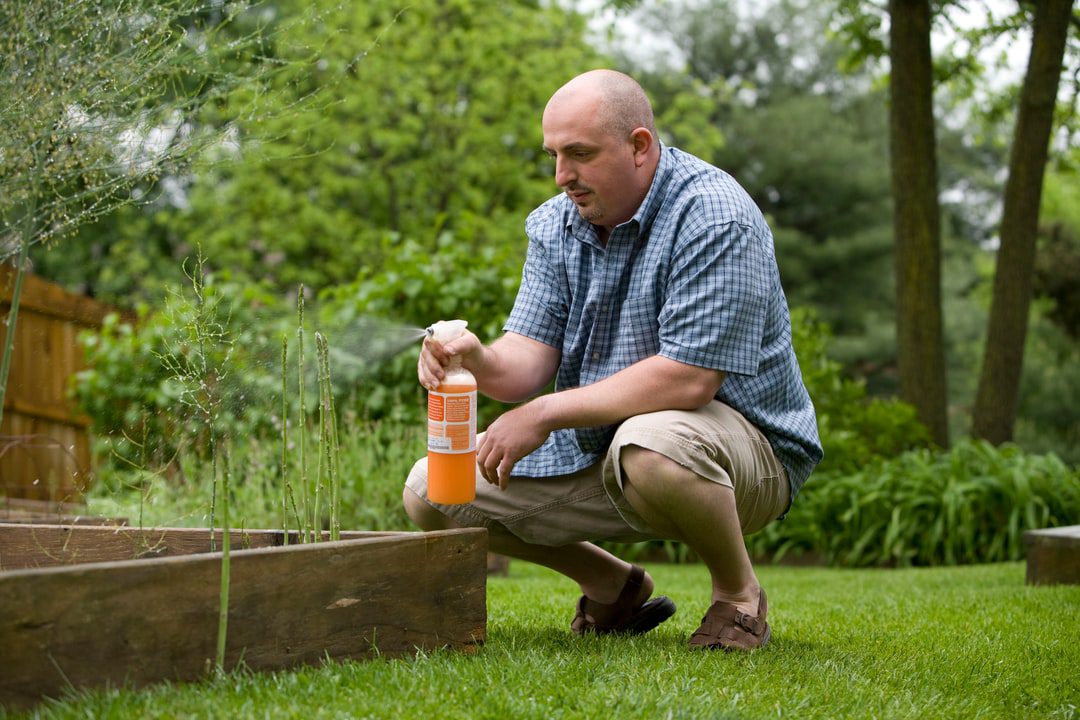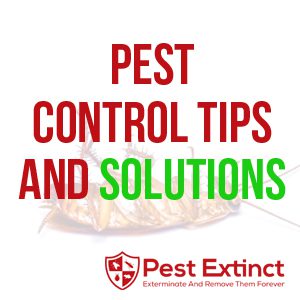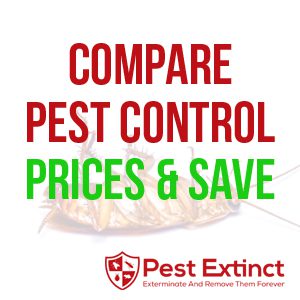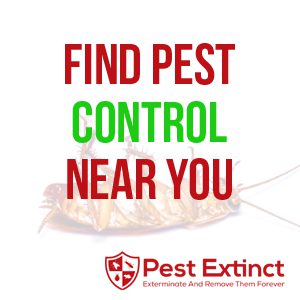
15 Common Garden Pests and How to Treat Them
Gardens are sanctuaries of beauty, peace, and productivity. However, they are also vulnerable to various pests that can compromise plant health, yield, and aesthetics. Recognizing and treating common garden pests is crucial for gardeners aiming to protect their green spaces. While many turn to DIY methods to tackle these invaders, professional pest control services offer expertise, efficiency, and safety in managing pest issues. This blog explores 15 common garden pests, offering insights into identifying, treating, and preventing infestations, and highlights how enlisting the help of pest control professionals can ensure the longevity and health of your garden.
List of 15 Common Garden Pests
- Aphids
- Japanese Beetles
- Slugs and Snails
- Spider Mites
- Caterpillars
- Whiteflies
- Scale Insects
- Mealybugs
- Leafminers
- Thrips
- Squash Bugs
- Colorado Potato Beetles
- Grasshoppers
- Earwigs
- Cutworms

Detailed Overview of the 15 Most Common Garden Pests
1. Aphids
Aphids are tiny, sap-sucking pests that cluster on the undersides of leaves and stems, causing yellowing, curling, and distortion. A strong stream of water or neem oil can be effective against aphids. For severe infestations, professional pest control can provide targeted treatments without harming beneficial insects.
2. Japanese Beetles
These metallic blue-green beetles devour leaves, flowers, and fruit. Handpicking and dropping them into soapy water is a common control method. Pest control services can offer more comprehensive solutions, such as applying natural predators or professional-grade repellents.
3. Slugs and Snails
These pests leave slimy trails and chew irregular holes in leaves. Diatomaceous earth and copper tape can deter them, while beer traps are a common organic control method. Persistent problems, especially in large gardens, may require professional baiting and control strategies.
4. Spider Mites
Indicated by fine webs and stippled leaves, spider mites thrive in dry conditions. Increasing humidity and using insecticidal soap can help manage them. In severe cases, pest control services can apply miticides that target mites without harming beneficial insects.
5. Caterpillars
Visible as chewed leaves and the presence of the caterpillars themselves, these pests can be manually removed or treated with Bacillus thuringiensis (Bt), a natural bacterium. For infestations affecting large areas, professional application of Bt ensures thorough coverage.
6. Whiteflies
These tiny white pests cluster on the undersides of leaves, causing yellowing and wilting. Yellow sticky traps and horticultural oils are effective DIY methods. Pest control experts can offer systemic treatments for long-term control.



7. Scale Insects
Manifested as bumps on stems and leaves, scale insects suck plant sap. Scraping them off or using horticultural oil can be effective. Professional services may use systemic insecticides for infestations on large or valuable plants.
8. Mealybugs
These pests appear as white, cottony masses on plants, weakening them. Alcohol-dipped swabs can remove mealybugs, but systemic insecticides from a pest control service may be necessary for widespread issues.
9. Leafminers
Identified by their winding trails inside leaves, leafminers can be controlled by removing affected foliage. For valuable plants or large-scale invasions, pest control professionals can apply specific treatments that target leafminers while preserving plant health.
10. Thrips
Thrips cause discolored flecks on leaves and petals. Insecticidal soaps can manage mild infestations; however, professional pest control might be required for severe cases, using targeted treatments that minimize impact on pollinators.
11. Squash Bugs
Recognizable by their damage to squash and pumpkin plants, these bugs can be handpicked early in the season. Neem oil may deter them, but for larger populations, professional-grade insecticides may be necessary.
12. Colorado Potato Beetles
These striped beetles and their larvae devour potato leaves. Handpicking and crop rotation can help manage them, but persistent infestations may benefit from professional application of specific insecticides.
13. Grasshoppers
Grasshoppers eat large chunks from leaves and stems. Netting and row covers can protect plants, while pest control services can apply eco-friendly locust control methods over larger areas.
14. Earwigs
Earwigs, which hide during the day and feed at night, can be trapped in rolled-up newspapers or with oil traps. For significant problems, especially in damp garden areas, professional treatments can help manage populations without harming beneficial insects.
15. Cutworms
These pests cut young plants at the base. Collars placed around seedlings can protect them, while Bacillus thuringiensis (Bt) is effective for larger outbreaks. In cases of widespread damage, pest control services can provide comprehensive soil treatments to protect emerging plants.


When to Consider Professional Pest Control
While many garden pests can be managed with DIY strategies, several scenarios warrant professional intervention:
- Widespread Infestations: Large or fast-spreading pest populations may require the broad application of treatments that only professionals can provide.
- Valuable or Vulnerable Plants: Specialty gardens or valuable landscaping may benefit from the precise, expert application of treatments to preserve plant health.
- Safety and Environmental Concerns: Professionals can apply treatments safely, minimizing risks to humans, pets, and beneficial insects, and ensuring environmental protection.
- Recurring Problems: If pests persist despite treatment, professionals can identify and address underlying issues, such as habitat or life cycle factors, preventing future infestations.
Benefits of Hiring a Pest Control Service
Expertise and Experience: Pest control professionals are trained to identify specific pests and understand their life cycles, which is crucial for effective treatment.
Professional-Grade Treatments: They have access to more potent treatments that are not available to the general public, ensuring a higher success rate in eradicating pests.
Safety and Environmental Consideration: Professional services are equipped to handle pesticides safely, reducing the risk of exposure to you and the environment.
Garden pests, if left unchecked, can cause significant damage to your green spaces. While some pests can be managed through DIY methods, others require the expertise of professional pest control services to ensure effective and safe treatment. If you’re facing persistent pest issues in your garden, don’t hesitate to reach out to a professional pest control service for a consultation. Protect your garden and enjoy the peace of mind that comes with professional pest management.



Choosing the Right Pest Control Service
Choosing the right pest control service is a critical decision that impacts not only the health of your garden but also the safety and environmental well-being of your home and community. When facing garden pest issues, the expertise, methods, and values of the pest control company you select can significantly influence the outcome and peace of mind you achieve. Here’s an in-depth look at key factors to consider when selecting a pest control service, ensuring you partner with a provider that meets your specific needs and values.
1. Expertise in Garden Pest Control
First and foremost, look for a company with a strong background in garden and landscape pest control. Not all pest control services specialize in garden pests, so it’s important to choose one that understands the unique challenges and needs of treating outdoor spaces.
- Ask about their experience with the specific pests you’re dealing with.
- Inquire about their staff’s qualifications, such as certifications in horticulture or environmental science, which can indicate a deeper understanding of garden ecosystems.
2. Sustainable and Safe Treatment Options
With growing environmental concerns, many gardeners are seeking pest control solutions that are safe for the environment, pets, and non-target species like bees and butterflies.
- Discuss the treatment options they offer, specifically asking about organic, natural, or least-toxic alternatives.
- Understand their approach to pest management; ideally, the service should practice Integrated Pest Management (IPM), a strategy focusing on long-term prevention of pests or their damage through a combination of techniques such as biological control, habitat manipulation, and use of resistant varieties.
3. Customized Pest Control Plans
Gardens are unique, and a one-size-fits-all approach often falls short. A good pest control service will offer tailored solutions based on a thorough assessment of your garden.
- Expect a detailed inspection of your garden to identify not just the pests but also conditions that might be contributing to the problem.
- Look for services that offer customized treatment plans tailored to your garden’s specific needs, size, and types of plants.
4. Transparency and Communication
Clear communication and transparency about the services provided, the costs involved, and what to expect during and after treatment are crucial for a trusting relationship with your pest control provider.
- Ask for a detailed plan and quote upfront, including a breakdown of costs and a description of the services to be performed.
- Inquire about their follow-up policy; reliable services should offer post-treatment evaluations and support to ensure the effectiveness of their interventions and customer satisfaction.



5. Reputation and Reviews
A company’s reputation can offer valuable insights into the quality of their services and customer experiences.
- Read reviews and testimonials from previous clients, especially those with similar garden pest issues.
- Check for memberships and accreditations with reputable organizations, such as the National Pest Management Association (NPMA) or local environmental stewardship groups, which can indicate a commitment to high standards and ethical practices.
6. Safety Practices and Insurance
Ensuring that the pest control service prioritizes safety and carries adequate insurance is essential for protecting yourself and your property.
- Ask about their safety protocols, especially regarding the application of treatments in garden settings where children, pets, and wildlife may be exposed.
- Verify that they are fully insured, including liability and worker’s compensation insurance, to protect yourself in the event of accidents or damage during the treatment process.
7. Guarantees and Customer Service
Finally, a reliable pest control service should stand behind their work with guarantees and responsive customer service.
- Look for satisfaction guarantees or warranties on their services, which demonstrate confidence in their effectiveness and a commitment to resolving any issues that may arise.
- Evaluate their customer service responsiveness from your first inquiry; timely and helpful responses are a good indicator of the level of service you can expect going forward.

Leave a Reply